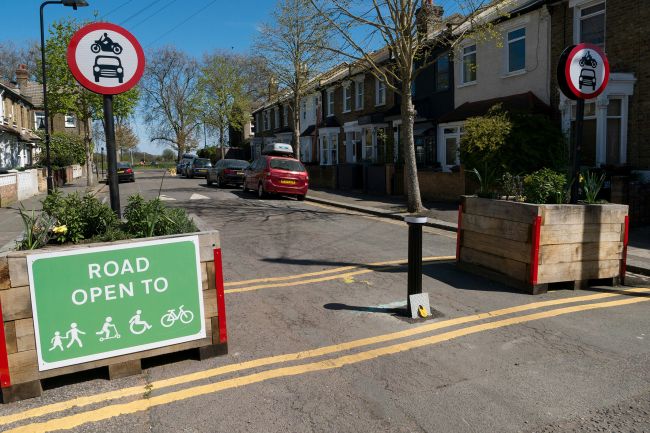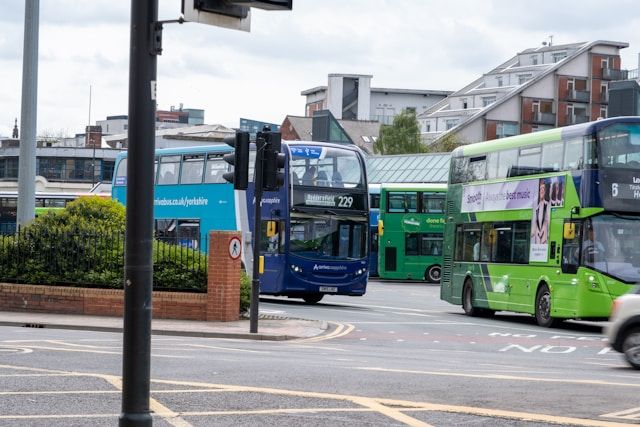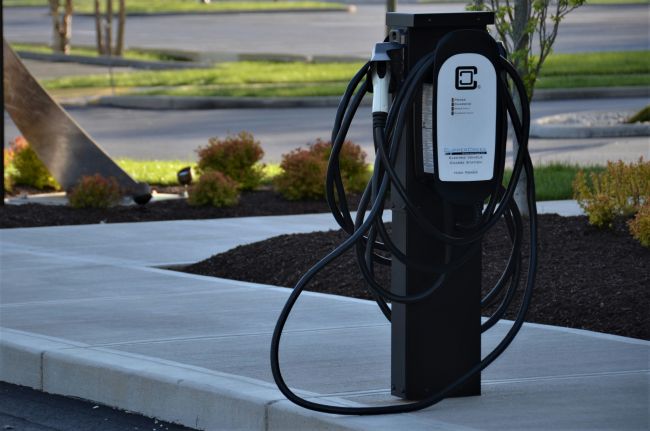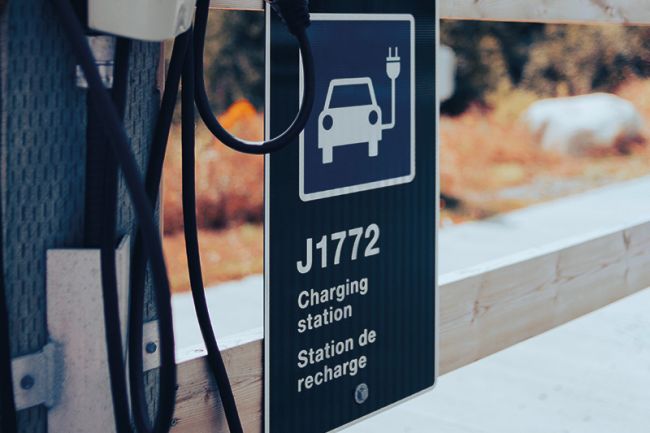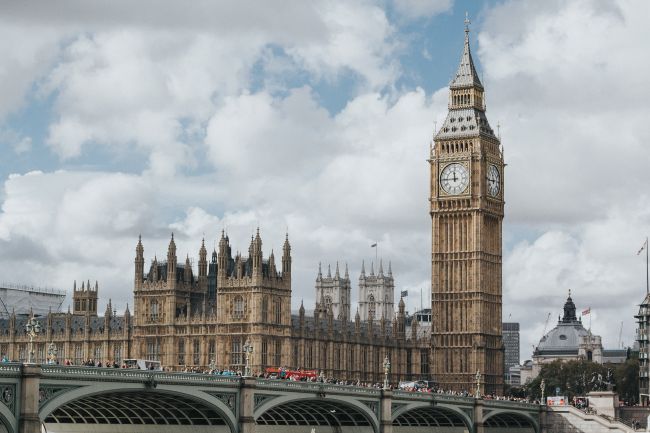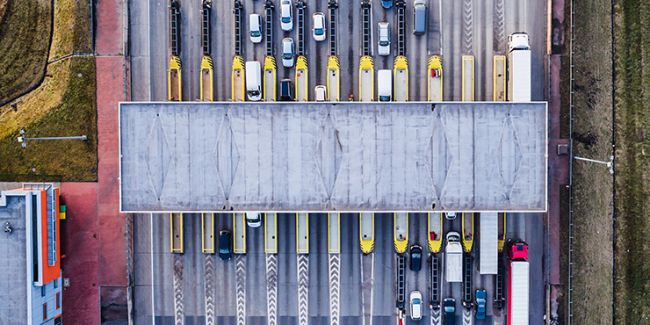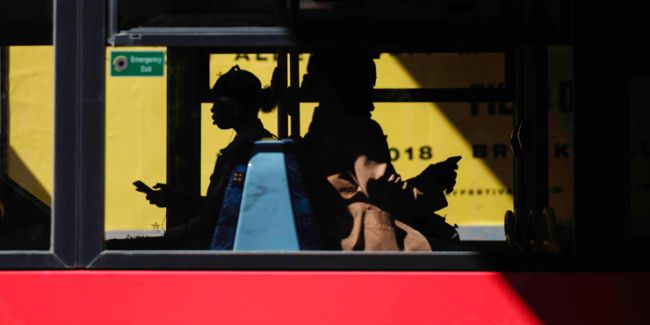Shaping the future of mobility in the age of Connected Autonomous Vehicles
We explore planning, design and policy strategies that can influence CAVs to positively affect societal goals.
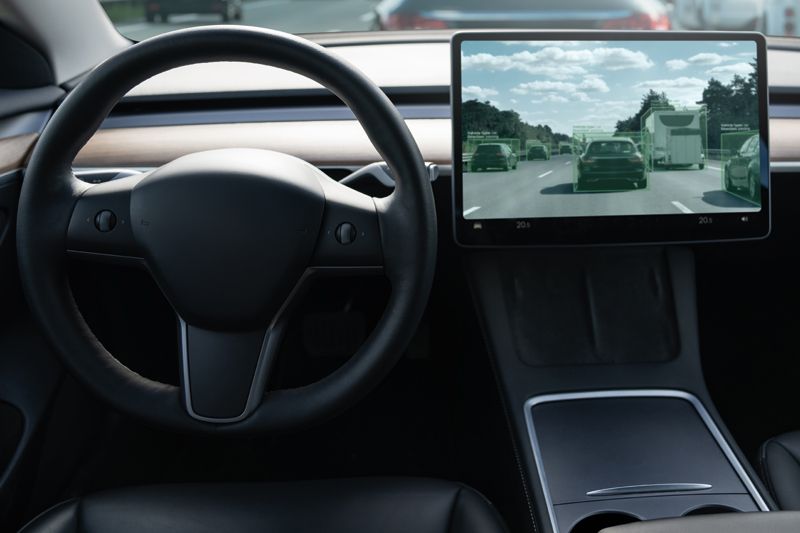
At Steer, we explore planning, design and policy strategies that can influence Connected Autonomous Vehicles (CAVs) to positively affect societal goals.
CAV technologies will disrupt the business as usual transportation model. As transportation planners, economists and urbanists, we appreciate the benefits that this technological revolution may bring in terms of sustainability, livability, and accessibility, and welcome this leap forward. However, we also value the lessons learned from the mistakes of the last century and recognize that technology is a tool, not a means, and that we cannot afford to shape our city around a new technology and create new infrastructural rigidities.
Numerous studies, including Steer’s manifesto for city centres in the age of the driverless car, are under way to assess the impacts of CAV technologies on mobility and travel demand and it may well be that these factors could turn cities into urban nightmares if we don’t prepare adequately for it.
Sprawling development, congestion, inequality, privacy, job-losses and infrastructure stringencies will be among the most pressing challenges that city staff and policy makers will have to face through this passage.
Preparing for CAVs will mean maximizing the benefits that they will offer while mitigating, if not eliminating, their risks, particularly, the temptation of re-designing cities around the new technology rather than around their people, as a means to improve livability and quality of life for all.
How will autonomous vehicles impact and change parking, highway capacity and VMT, toll roads and managed lanes demand, urban mobility, intercity mobility and demand for rail and short-haul flights, and urban design?
CAVs and Parking
It’s simply a matter of time until driverless cars start to radically change the way we travel and the way we park (or don’t park). Steer and KPMG teamed up to produce a series of articles that seek to better understand the potential impacts of CAVs on parking demand, location, operation and revenues. Anita Mauchan and James Long from Steer, have worked with Andrea Holmes from KPMG Canada to consider potential outcomes, timings and alternative futures. The first part was published in the January 2018 edition of Parking Review magazine, part of a series of article produced by Steer with KPMG on the potential impact of CAVs on parking demand, operation and revenues. To find out more, read the full articles and contact: [email protected].
CAVs and Urban Mobility
CAVs linked through big data in a shared economy will become a reality in the wealthiest urban environments within the next 10 years. What will be the face of the new city as a result of this change? How will this evolution unfold and how can administrators prepare? We think that cities’ staff and policy makers should take this opportunity to instigate a paradigm shift and break the cycle of motor vehicle dominance on U.S. streets. They should champion the reallocation of space away from automobiles, to more productive and resilient uses, people and human-scale activities, and finally break the perpetual circle of traffic-induced demand. With the advent of CAVs, city staff and policy makers will have the once-in-a-lifetime chance to re-consider how their streets function as part of a movement network and a unique opportunity to use the ‘extra space’ to retrofit their cities in a more context-conscious and sustainable way.
To find out more, read the full study.
CAVs and Urban Design
As designers, we want to contribute to the debate and help urban dwellers to envision and capitalize on the transformations that this revolution will bring. On this basis, we have identified a series of design ideas and recommendations for stakeholders involved in city-making – how to best address, prepare for, and exploit these imminent changes, acknowledging that human scale and well-being will remain the fundamental driving principles of urban design. Who's Driving: A Manifesto for City Centres in the Age of the Driverless Car is Steer's provocative manifesto on CAVs and urban design. The manifesto speculates about how imminent changes in urban mobility and technology will affect the urban form and public realm in the next 20 years and proposes ways in which cities could prepare for them. The work focuses on the urban design opportunities that could be created by CAVs in urban cores, in terms of street layout and redistribution of space, on the interface between buildings and streets, on possible ways to re-organize the movement network, on environmental sustainability measures, and on new building typologies. The manifesto contributes to the discussion on the possible spatial reconfigurations of our cities as a result of these changes. So far, the topic has seen little attention from architects and urban designers and has mainly focused on the end state, when CAVs will be the only technology.
To find out more, contact: [email protected].
CAVs and Intercity Rail
An accepted framework for assessing the impact of CAVs on High-Speed Rail (HSR) and air demand using traditional travel forecasting approaches has yet to emerge. At Steer we are exploring ways to fill the gap between current practices in HSR travel demand forecasting and tomorrow’s analytics by considering the possible impacts of CAVs on HSR and air demand and by proposing analytical methods that can be fed into the traditional travel forecasting approaches. CAVs will expand the size and character of the rail and air market, improving mobility particularly for remote and under-served or disadvantaged communities, older adults, youths under the age of 16, and individuals with disabilities. At the same time, in some corridors, CAVs may compete directly with and take market share from existing intercity travel modes such as HSR and short-haul flights. Opposing forces make the determination of the net impacts uncertain, but current analytical approaches can be quickly extended to provide insight for specific HSR proposals, even though definitive data and analytics do not currently exist. Some of the most promising approaches include adapting existing mode choice models, conducting new behavioral research (including stated preference surveys) and scenario planning.
To find out more, contact: [email protected].
CAVs and Highways, Managed Lanes and Toll Roads
Vehicle-miles traveled by cars may increase through new (induced) trips that didn’t exist before (fewer barrier to trip making) and longer existing auto trips (reduced tedium). A legitimate question is how this growing demand will be accommodated. CAVs will expand the size and character of the auto market, improving mobility particularly for a variety of communities and individuals. At the same time, CAVs will make more efficient use of highway capacity. Opposing forces make the determination of the net impacts uncertain, but current analytical approaches can be quickly extended to provide insight for specific toll road and managed lane proposals.
Autonomous vehicles will impact a number of things in the near future, therefore also affecting traffic modeling and long-term forecasting. Serbjeet Kohli, Director of Steer India, recently co-authored a paper exploring the potential impacts of autonomous vehicles and how to incorporate them into traffic modeling and forecasting.
To find out more, contact: [email protected] or [email protected].
CAVs Adoption and Behavioral Research
Divergent scenarios can be envisioned depending on whether one believes CAVs will promote ridesharing (car sharing, micro-transit and CAV-taxi) or privately-owned autonomous vehicles. Ridesharing would present a more efficient use of our existing infrastructure with a shift from owning to relying on shared autonomous mobility services or privately-owned AVs could increase total vehicle travel. Opposing forces make the determination uncertain, but current analytical approaches can be quickly extended to provide insight for specific scenarios. Some of the most promising approaches include conducting new behavioral research, including focus groups, Delphi panels of experts, contingent valuation methods, stated preference surveys and scenario planning.
To find out more, contact: [email protected].
Learn more about our disruptive technology work on our Services page.
